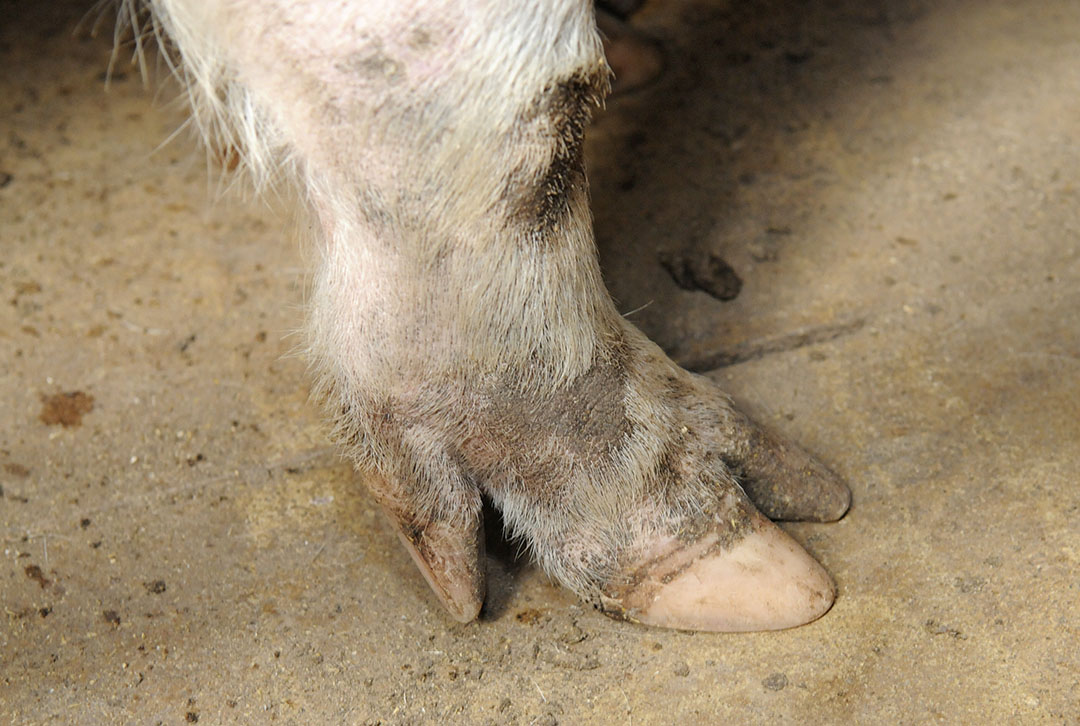Lameness is among the most typical causes for untimely culling of sows after reproductive failure. Lameness compromises sow welfare productiveness and longevity and reduces sow herd effectivity and profitability. Nearly 50% of sow culling resulting from lameness happens within the creating gilt part and first parity sows, which leads to excessive alternative prices and decrease variety of piglets produced per sow lifetime. Subsequently, well timed identification of lameness is crucial to minimise lameness and to cut back total manufacturing prices.
Lameness is outlined as a deviation from the conventional gait brought on by lesions, ailments and different elements comparable to genetics, vitamin, housing programs and administration practices. Nevertheless, the time period lameness is used for a broad vary of circumstances, together with ft and leg issues, conformational deficiencies, lameness, unsoundness, accidents and abscesses on the limbs. It’s estimated that as much as 48% of sows on a given farm are lame, and lameness prices roughly $ 230 million/12 months to the US swine trade. Thus, to forestall financial losses and welfare issues, preventive measures are required to minimise lameness prevalence.
Comments
0 comments
